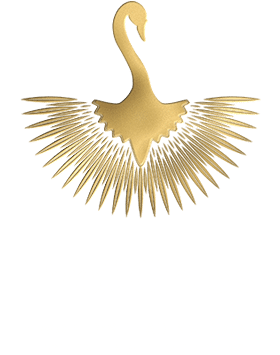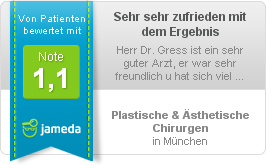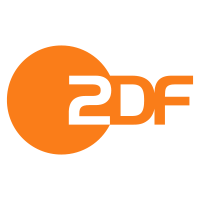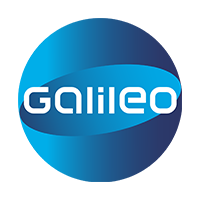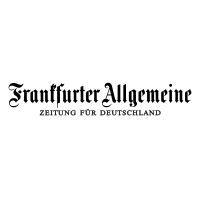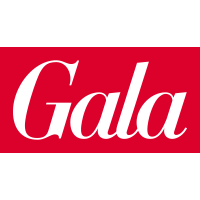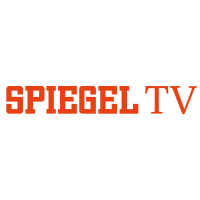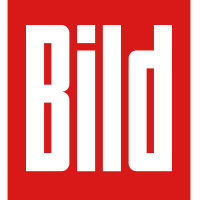
Internationally renowned
Top Specialist
★★★★★
Prof. asoc. Dr. Stefan Gress
Plastic & Aesthetic Surgeon
Lipostructure
Fat Grafting and Face Modelling
With increasing age, the thickness and volume of fatty tissue under the skin decreases significantly, especially in the face.


Over 12,500 operations in total
★★★★★
Over 30 years of experience
★★★★★
Scientific Frontrunner



Professor
of Plastic Surgery
Prof. Gress is a member of numerous professional societies.
It goes without saying that Prof. Gress actively participates in the most renowned specialist congresses worldwide and organizes and conducts his own teaching events and lectures, in particular to ensure the highest international standards for surgical and treatment techniques, the »State of the art«.

Important Information
Lipostructure

Lipofilling
As we age, the thickness and volume of the fatty tissue under our skin, particularly on the face, diminishes significantly. Face modeling with lipofilling (also called lipostructure) helps you appear fresher, younger and healthier. There are no scars. You will be “ready for action” again very soon and won’t need to take much time off. This is a minor plastic surgery with Prof. Gress in Munich that produces an incredible impact…
Lipofilling, the term for injections with the body’s own fat, is done to make angular areas appear more rounded thanks to the fatty tissue. This gives fullness and volume to the face so it appears younger, facial contours become softer. By increasing the fatty tissue, circulation to the face increases and it looks healthier and rosier. The procedure also smooths wrinkles, as the skin is stabilized and tightened from underneath, for example, on the nasolabial folds between the nose and the corners of the mouth. The chin and lips can also be modeled and enlarged with this procedure.
This method is especially suitable for:
- Filling sunken checks and lower eyelids
- Modeling the chin and lips
- Correcting nasolabial folds
- Smoothing visible edges (such as tear sacs at the lower lids)
- Filling slack labia majora
- Tightening the vagina to improve stimulation
- Slight breast and bust enlargement

Preparation
The procedure is usually performed under local anesthesia. You do not need to have an empty stomach. Do not take blood-thinning medication (aspirin, Marcumar, ASS 100, etc.) 14 days before the procedure.
The procedure
Fat cells are suctioned as gently as possible from the inner sides of the knees or on the outer sides of the thighs. Abdominal fat is less suitable. After a special process, called the Coleman method, the body’s purified fat is injected by means of a fine cannula into the areas to be emphasized and modeled. The treated regions are then covered with a tape bandage that remains in place for three to four days. Bruising occurs very rarely. You are quickly “ready for action” again.


Injection of the body’s own fat is usually performed under local anesthesia. When this procedure is properly performed, it can produce a permanent increase in volume and tissue fullness, including on the lips, cheeks and chin, and smooth wrinkles (but it can also be used on other parts of the body, such as to tighten the vagina, fill the outer labia, etc.).
Afterwards
- Lie and sleep on your back with your upper body elevated and keep the treated facial area cooled.
- Avoid any exertion. Minimize speaking and avoid expressive facial expressions
- Wash your face carefully. During the initial period after the procedure, use only clear water or mild shampoo for washing hair.
- Avoid direct sunlight on your face and the solarium for at least three months.
- You should avoid sports, saunas and strenuous activities for two weeks after the operation.

Bilder
The presentation of before/after pictures on the Internet is prohibited in Germany for aesthetic operations, so we only show pictures of medically indicated treatments here. Please understand that we may only show you pictures during a personal consultation.


FAQ / Questions and Answers
When is lipostructure an option?
Autologous fat transfer is suited to:
- Augment the lips
- Rejuvenate the face by refilling empty subcutaneous fatty tissue pads
- Cover projecting bones (e.g. around the eyes)
- Lift sunken areas (e.g. around the eyes)
- Highlight anatomical structures (eyebrows, zygomatic arches)
- Fill up deep wrinkles and creases (nasolabial folds and marionette lines)
- Eliminate skin defects (e.g. scars, dents resulting from liposuction)
- Fill up the back of the hands
- Fill up sagging labia
Will the transferred fat remain in place?
Whether the transferred fat is broken down again or remains in place for life substantially depends on two factors:
- The correct performance of fat transfer: The fatty tissue needs to be treated very gently, because otherwise it cannot be used. The method of choice is the COLEMAN technique, which involves the purification of fat by centrifugation.
- The body area: The transferred fatty tissue is better retained in the cheeks and the lower eyelids than in the lips, for example.
Once the fat cells are supplied with oxygen by blood vessels, they will remain in place for life, i.e. the increase in volume will be permanent!
When will the final result be visible?
Only when the swelling has completely subsided is it possible to tell how much of the transferred fat has actually remained. Any revision procedure should therefore not be performed until 6 months after the first transfer, when the swelling has completely gone down. Even if a certain percentage of the transferred fat (approx. 10-40%) is broken down again, too much fat should not be transferred during the first procedure, because it can happen that the entire fat is retained. In this case, the volume would be too high, which is difficult to correct.
What type of anaesthesia is used?
Autologous fat transfer is usually performed under local anaesthesia.
What risks are associated with the procedure?
If part of the fat is broken down again, a revision procedure can be performed. Minor swelling should always be expected. Bruising occurs rarely and is usually not severe.
How long does the procedure take and how much does it cost?
Depending on the volume of transferred fat, the surgery takes 1.5 to 3 hours. The fees range between EUR 1,200 and EUR 2,800. A revision procedure costs EUR 600.
We will be happy to find the optimum financing option for you together with our partner MEDIPAY.
What preparations are necessary?
- Avoid medications that increase the tendency to bleed (e.g. medicines containing acetylsalicylic acid, such as aspirin or ASS) 15 days prior to the surgery.
- Get a cooling mask or cold packs for use after the surgery.
What do I need to remember after the surgery?
- Lie and sleep on your back with your chest in elevated position and cool the treated area.
- Avoid any physical effort. Speak as little as possible and avoid exaggerated facial expressions. Eat liquid or soft foods.
- Wash your face carefully. During the first few days, only use clear water or mild shampoos for washing your hair.
- Avoid direct sunlight and sun beds for at least 3 months.
- Avoid any sporting activities, sauna and strenuous activities for 2 weeks after the surgery.
Lipostructure, autologous fat transfer, lipostructure using autologous fat
Fat cells are sucked out as gently as possible, for example on the inner sides of the knees. Following special preparation, referred to as the Coleman technique, the purified fat is injected into the areas that require augmentation using a fine needle. Autologous fat transfer is usually performed under local anaesthesia. If this procedure is performed correctly, the volume and fullness of lips, cheeks and the chin can be increased permanently.
Lipostructure using autologous fat
The method commonly referred to as “autologous fat transfer” (lipostructure) consists in the use of autologous fat for reshaping the body’s surface. In the face, this method is particularly suited to:
- Fill up hollow cheeks and lower eyelids
- Reshape the chin and the lips
- Correct nasolabial folds

Google Rating
★★★★★
From a technical point of view, I have to admit that Doctor Gress works wonders. I had little hope, but he manages to reconstruct everything and I can now feel safe and pain-free.
Google Rating
★★★★★
…I had a vaginal tightening and I must say this man has solved all the problems I had. I no longer have urinary incontinence and everything is perfect! I also had a labia reduction and I can only say: PERFECT! This man really is an artist! …More
Jameda Review
★★★★★
I know that Dr. Gress is a luminary in his field and my very high expectations were met one hundred percent. I can recommend him and his incredibly friendly team without reservation!
Jameda Review
★★★★★
I would like to thank Prof. Gress for his great work. He did such a great job that you can’t believe it. One wonders the whole time how he did it? …More

Well known
from the media

Memberships
Professor Gress is a member in the most important national and international specialist societies.

ASPS
American Society of Plastic Surgeons
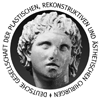
DGPRÄC
Deutsche Gesellschaft der Plastischen, Rekonstruktiven und Ästhetischen Chirurgen

ISAPS
International Society of Aesthetic Plastic Surgery
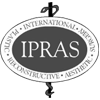
IPRAS
International Confederation for Plastic, Reconstructive and Aesthetic Surgery

Inquire now
A personal conversation provides clarity most quickly. Our communication will be treated professionally and discreetly!
